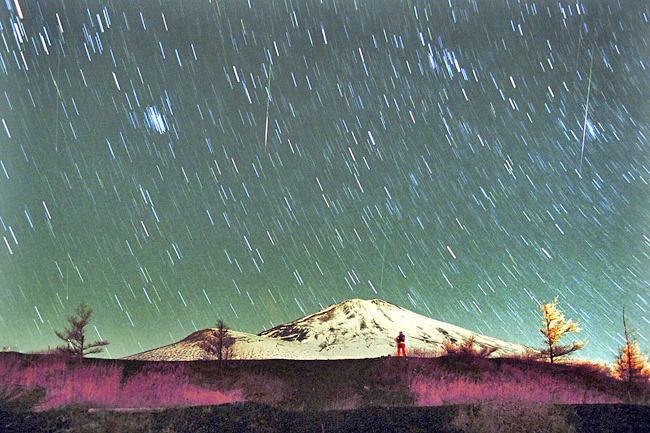WASHINGTON (AP) – It’s a treat to see a supermoon. But that bright glowing orb will still be almost full when the Leonid meteor shower peaks this weekend, likely obscuring all but the brightest meteors in most locations.
The Leonids are known for their high-speed meteors, which can travel at up to 70 kilometres per second.
“Unfortunately this year, the viewing conditions will be affected” by a nearly full moon, said Shyam Balaji of King’s College London. “Watching during the early morning hours, when the moon is lower in the sky, can improve your chances of seeing more meteors.”
This shower may result in around 15 visible meteors per hour under ideal viewing conditions.
This year’s peak activity on Sunday will happen when the moon is 98 per cent full. The shower lasts through December 2. Here’s what to know about the Leonids and other meteor showers.
WHAT IS A METEOR SHOWER?
Multiple meteor showers occur annually and you don’t need special equipment to see them.
Most meteor showers originate from the debris of comets. The source of the Leonids is the comet Tempel-Tuttle.
When rocks from space enter Earth’s atmosphere, the resistance from the air makes them very hot. This causes the air to glow around them and briefly leaves a fiery tail behind them – the end of a ‘shooting star’.
The glowing pockets of air around fast-moving space rocks, ranging from the size of a dust particle to a boulder, may be visible in the night sky.





